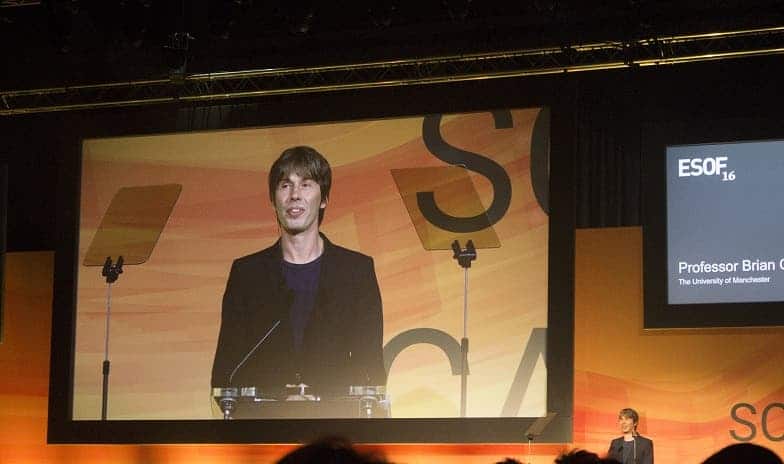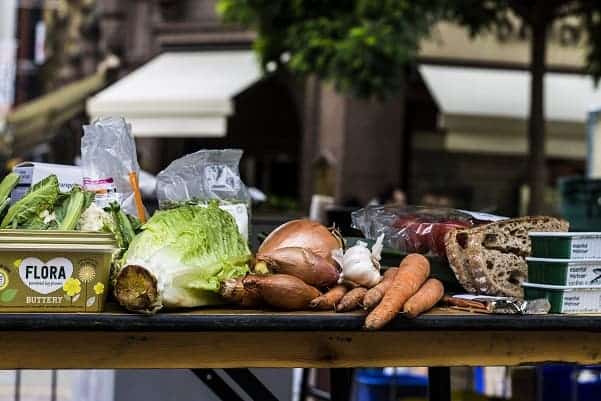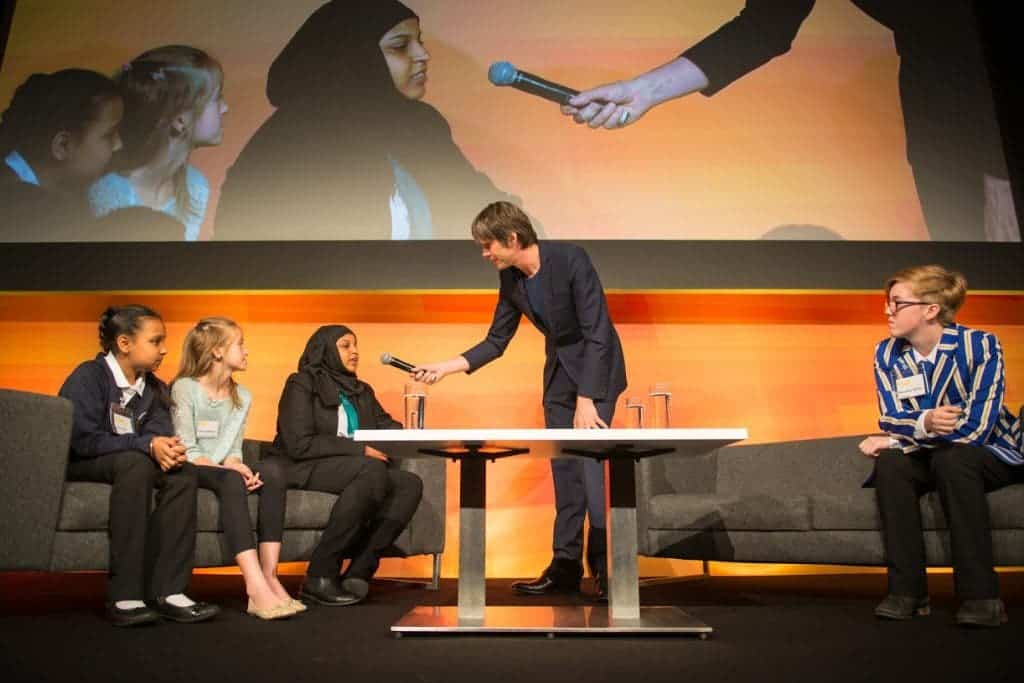On Sunday, thousands of stakeholders convened in Manchester for the first day of the EuroScience Open Forum 2016 (ESOF16) — an exciting event that engages policymakers, business and society for a better, stronger Europe.

[panel style=”panel-primary” title=”What’s ESOF” footer=””]The first edition of the biannual string of
ESOF of events was held in 2004 — a bold step aimed at setting up the first pan-European general science conference. While ‘science’ and ‘forum’ are self-explanatory, ‘open’ might be confusing – the event conveys an open space for science to be discussed across all playing fields: policy, investment, ethics, business, careers and, of course, research.
Now at its sixth edition, here in Manchester, UK, ESOF 2016 has grown dramatically, hosting young and seasoned researchers alike, policy makers, Nobel Prize winners, VIPs, science communicators and journalists, as well as science enthusiasts of all ages and backgrounds. [/panel]
The first day of the event was met with much enthusiasm by the eclectic crowd gathered in the city which split the atom, built the first stored programme computer, invented the contraceptive pill, birthed the first test tube baby or isolated the much-heralded graphene. Surprised? Trust me, Manchester has a lot going for it besides football and partying.
I could see straight away after registering that everyone was very excited, and ESOF’s staff luckily matched the hype and rose to the occasion. After a round of talks and debates held throughout the conference rooms in Manchester’s Central — where discussions ranged from open and citizen science, peer review, researcher opportunities and a swath of topics, some more entertaining than others — the opening ceremony finally commenced to the tune of an exquisite violin and cello quartet. Very posh.
Taking the stage was renowned particle physicist and science communicator Brian Cox, who spoke a few words about the importance of pan-European science collaboration before being joined by remote connection with members of the fantastic Square Kilometer Array (SKA) in South Africa and Australia. The Square Kilometer Array was touted as the most important international collaboration effort in the world, maybe even more so than the particle accelerator from CERN. Once ready in 2020, the hundreds of square kilometers of a radio dishes, numbering in the thousands, will peer through the night’s sky to image the most distant and ancient galaxies in the Universe. It wouldn’t be overstating to say that the SKA is a sort of time machine.

In between Prof. Cox’s apparitions and talks with SKA staff members, who shared their progress thus far like the discovery of 1,300 galaxies in a tiny corner of the universe where only 70 were known before, other high-level speakers took the stage. Among them Sir Richard Leese, the head of the Manchester City Council, Prof. Dame Nancy Rothwell, the ESOF 2016 champion, and Prof. Lauritz Holm-Nielsen, the president of Euroscience.
The tackled subjects included the vital importance of science communication (something that everyone at this event seems to be talking about); science & culture, but also #BREXIT. Cox and the other British speakers were especially self-deprecating about this.

Another episode from the event which I enjoyed was a brief debate between Emmanuelle Charpentier, one of the brains involved in the developing of the CRISPR-CAS9 genome editing technique, and Sheila Jasanoff, the Pforzheimer Professor of Science and Technology Studies at the Harvard Kennedy School. When you have a new tool that can literally cut through genes, the possibilities can be limitless. This sort of tool, Charpentier says, can be used to eradicate diseases such as Huntington’s right from the embryo stage. Give people who were dealt wrong cards a second chance, sort to speak. Jasanoff, a very soft spoken American scholar, cautioned the audience however that we are barely scratching the surface as far as exploring the human genome is concerned.
That’s it for a glimpse at the Manchester Central. Elsewhere, the city was ablaze with countless side events as part of the city council’s bid to raise the stakes of ESOF with a week-long celebration called Science in the City. I saw first-hand how Graphene is made at the Manchester Science and Industry Museum, ate food made by top British chefs on the streets made only with ingredients available in a 2050 scenario when food is scarce and the world population numbers nine billion people, learned how to grow mushrooms using coffee grounds, or chilled with University students in front of the Football Museum where they battled each other in a fierce Mars rover competition. Life is good, and ESOF is awesome. And still two more days to go. Can’t wait to see what more adventures lie ahead.






